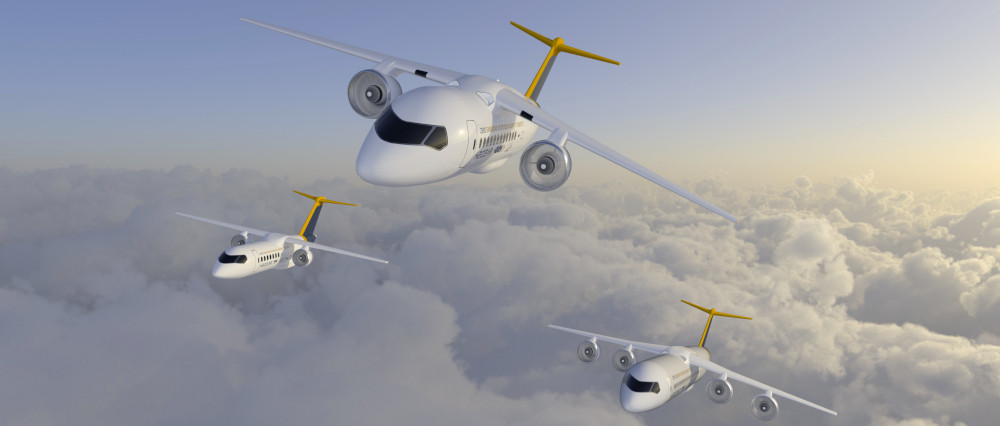Cool approach to efficient air liners

GKN Aerospace has been working on cryogenic technology to boost the efficiency of hydrogen fuel cells and electric motors for aircraft (writes Nick Flaherty).
The ‘hyperconducting’ systems proposed by the company use the liquid hydrogen stored in the aircraft as fuel as a heat sink, cooling the electrical conductors to temperatures below -200 ºC to dramatically reduce the electrical resistivity. That allows low-voltage power distribution with lower mass conducting cables, reduces. Using the hydrogen as a cooling system also boosts the efficiency of the electric motors to more than 99%.
Unlike superconducting systems, which exhibit zero electrical resistance, a hyperconducting system would use more conventional conducting materials that are already qualified for use in aircraft, allowing prototype system to be built sooner.
The hydrogen is then used in fuel cells to generate power for electric motors that are sized to drive low pressure-ratio ducted fans. That eliminates CO2 and NOx emissions, and is also expected to be quieter than conventional propulsion systems.
The technology is being proposed for the H2GEAR programme, which has completed its first round of system-level engineering studies. The studies focused on propulsion system architecture and subsystem technology selection for concept aircraft carrying 19, 48 and 96 people. The project is led from GKN Aerospace’s Global Technology Centre in Bristol, UK, along with fuel cell developer Intelligent Energy, motor maker Aeristech, Newcastle University, the University of Manchester and University of Birmingham.
The studies show that the fuel cell system integration with a hyperconducting power network and motor drive systems will enable hydrogen electric propulsion to be scaled up more quickly than originally thought.
“Our initial view was that the introduction of hydrogen electric propulsion to 19-passenger aircraft would be easier than for large aircraft,” said Max Brown, vice-president, technology, at GKN Aerospace. “However, development of the hyperconducting network and cryogenic motor technology has opened our eyes to the possibility of efficiently scaling the technology to 96-passenger aircraft and potentially beyond.” This could include large transport aircraft.
GKN Aerospace plans to demonstrate an integrated ground-based system in 2025, and it could be used in aircraft as early as 2035.
ONLINE PARTNERS





















